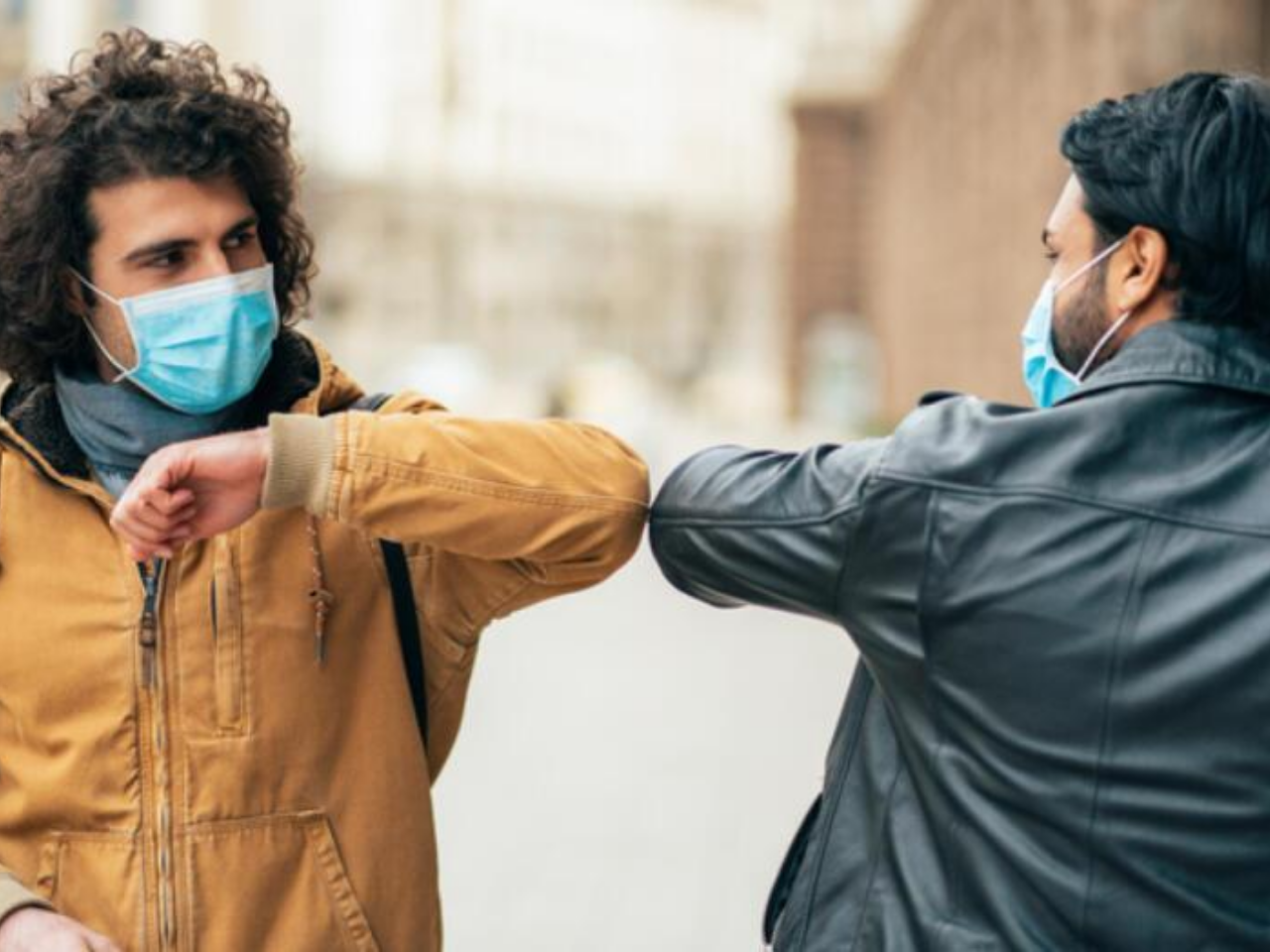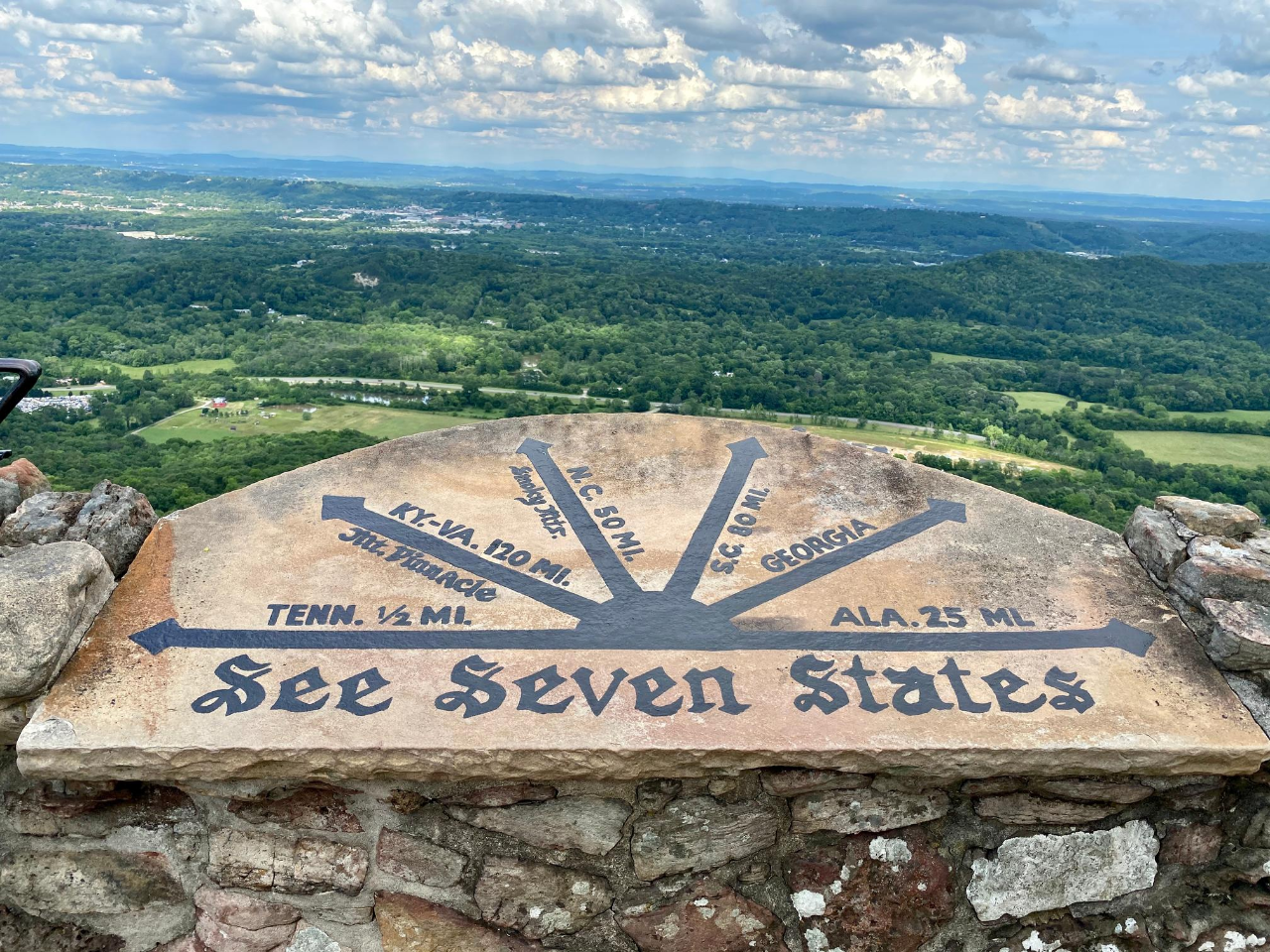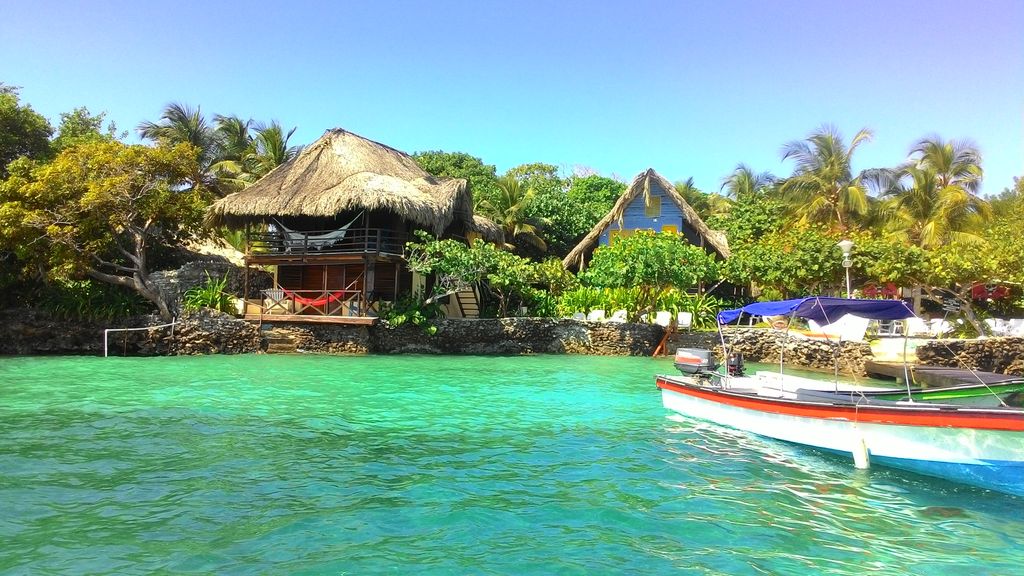
With several countries still closed and vacation plans coming to a halt, the need to travel is at an all-time high. If you are looking through old travel pictures, feeling nostalgic about places, or still trying to plan a trip for the near future, you’ll definitely get the travel blues. The pandemic has everyone on […]

In America, what’s a common way for a person to greet someone? A usual “Hi! Nice to meet you!” followed by a handshake is what many would think of when asked that question. What started as a Greek symbol of peace has became an everyday action now, but how do you feel about the new […]

Due to the Coronavirus, the closing of numerous states and countries have put a pause in many people’s travel plans. Though it may be a while before the tourism industry takes full flight again, the United States is beginning to ease its quarantine restrictions as states make plans to reopen. That being said, family-friendly, affordable […]

Has cabin fever got you down? Are you looking to book your next vacation for later this summer, during Thanksgiving, or pushing it out to 2021? If you are concerned about staying at a hotel and want to know what they are doing to ensure your safety, health and hygiene, this post should give you […]